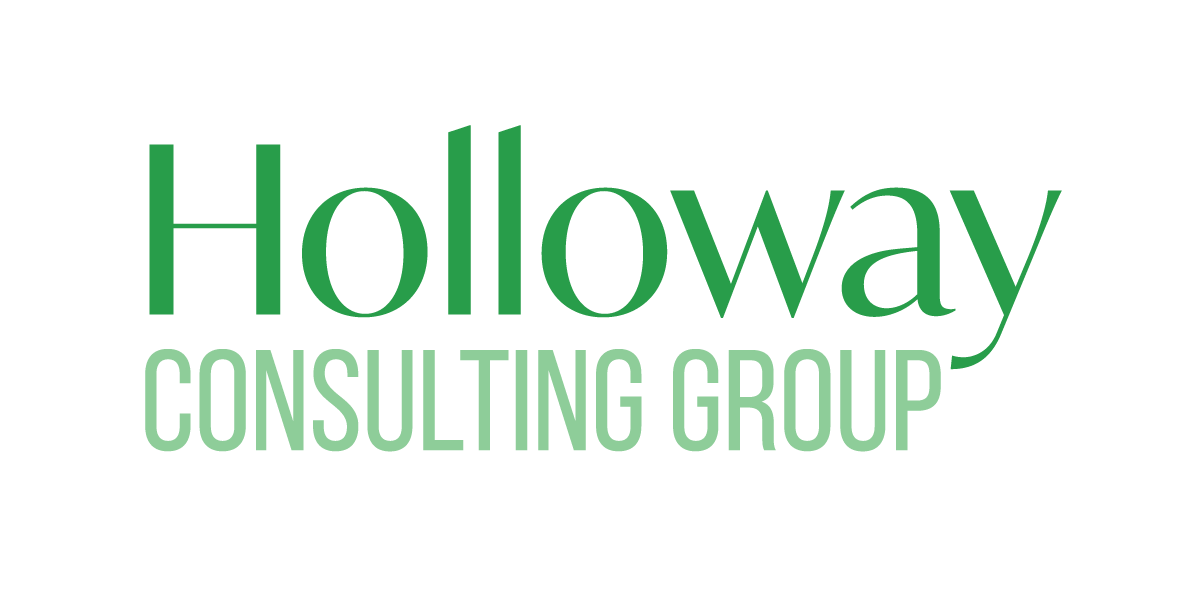“These are the people in your neighborhood, in your neighborhood, in your neighborhood, in your neighborhood 🎶.” -Bob and the Muppets.
I grew up watching Sesame Street. I loved the segment that explained careers and the muppets, and usually Bob would sing a catchy song about how people like the dentist and the doctor and the fireman were all friendly neighbors. The song is so catchy. It’s probably been 40 years since I first heard it; when someone shares what they do for a living, sometimes I spontaneously hum the melody in my head. I typically don’t sing it out loud – I don’t want to leave them with that as a first impression.
As a project management professional, I am always preaching to people about stakeholder management. Both words are pretty long, so I think people believe it’s more academic than it really is.
Truly it’s about keeping an eye on all who are impacted by the project, the service, or the work that you are focused on.
If you think about a service…
- Who are the people that provide the service?
- Who are the people that provide the inputs so that those people can provide the service?
- Who receives the services?
- Who is impacted by the service?
- Who cares about the service?
It’s easy to just think about the people that you see. If you just think about the people you see, you will definitely miss some important people.
There’s nothing like working hard for months and months on something, waiting for something to go live, then suddenly realizing a “key” person is not aligned – a person who you had no idea was impacted or even interested in your process or service.
I like to think about the inputs and outputs to my process or services, as well as the suppliers and recipients of those inputs and outputs. To do this I use my favorite tool, the SIPOC. The SIPOC is a visual tool used for documenting a business process from beginning to end. To complete one, I ask myself a series of questions:
- Who are the customers of this process?
- What specific deliverables/outputs does the customer expect?
- What processes create these outputs?
- What inputs are required to create these outputs?
- Who/what supplies the inputs that go into the process?
The customers that are the recipients of the product or service in the process, and the suppliers of the process are the stakeholders.
In addition to using the SIPOC, I step through 7 categories of stakeholders to see if I have any blind spots. The following are the categories: customers, suppliers/vendors, employees, government, community, investors, and trade associations/unions. Of course there are variations of this. The point is, when making changes, trying out new things, and communicating with stakeholders – you need to give consideration to all the people in your neighborhood.




